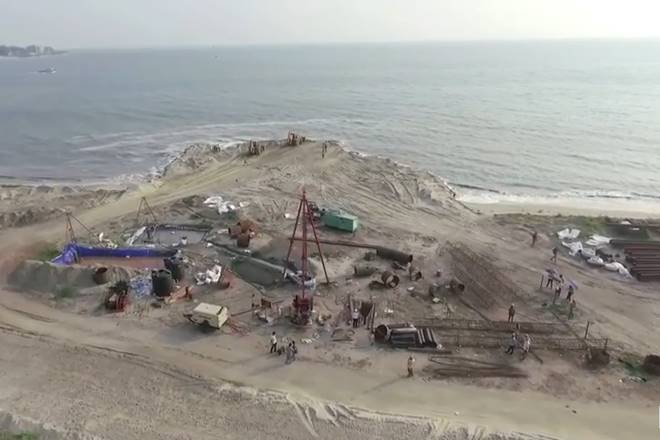In my last column, on “good jobs” for India, I noted the importance of scale and complementarities in creating such jobs, and the possibility of focusing on coastal economic zones (CEZs), an idea from Chinese experience that has been articulated by Arvind Panagariya, the former vice-chairman of the NITI Aayog. Where do things stand with this idea? What is being done? The Indian policymaking effort has been dubbed Sagarmala, or “ocean garland.” It was given approval in concept by the Union cabinet three years ago, in March 2015. In April 2016, a National Perspective Plan was published by the ministry of shipping, which is taking the lead, since the CEZs will be developed around clusters of existing ports (which will need to be upgraded, of course). The plan envisages 14 CEZs, each serving different industrial clusters, and includes figures for investments in logistics, land for industry and other infrastructure, in addition to investments in ports. In November 2016, a six-volume report from a management consultancy firm that is well in excess of 3,000 pages was approved. The first CEZ was cleared for going ahead only in November 2017: it will be around the Jawaharlal Nehru Port in Maharashtra, and firms are supposed to bid for land there. But over 400 individual projects are envisaged over the next two decades, for the entire CEZ garland.
Therefore, at one level, the government does already have a detailed implementation plan, something I had called for in my last column. But if one can play devil’s advocate, the plan may be too detailed in some areas, and not enough in others. In particular, the process of implementation will have many challenges, especially in land acquisition, but also in developing complementary infrastructure. The difficulties seem to get noted in the giant report, but economic and institutional mechanisms for the initial creation of the CEZs may need to be thought through more carefully, especially given India’s history of difficulties in getting land acquisition right. This was one area where China’s different political structures allowed for more accelerated development. In the Sagarmala documents, CEZs are denoted by large optimistic ovals on various maps of India, but how these will translate into actual site demarcations is unknown.
But the Chinese case does have another lesson for successful implementation. They did not start out with a large number of CEZs, and Arvind Panagariya, in his proposal for India, had suggested that two or three large CEZs would be enough. The question that can still be asked about Sagarmala is whether it needs to be a garland at all—would a much smaller number of CEZs allow for more focused development and managerial attention? Interestingly, I have not seen a discussion of the precise choice of 14 CEZs, but one might guess that it was designed to spread investment and development across all the coastal states. But that is a political decision, and not necessarily the best economic choice.
Another factor that might work in favour of focusing on a much smaller number of CEZs is that it would concentrate the impacts on coastal environments. Again, the Chinese did not worry about environmental damage when pursuing their industrialisation, but three decades later, India should be able to make more informed choices. The government discussions of CEZs emphasise easing of environmental clearances as a benefit, but the social cost should be considered as well. Already, environmental concerns are being raised about the negative impact of the Sagarmala project on India’s coastline. Would it make sense to concentrate those negative impacts in a smaller number of locations?
Other things to bear in mind as the CEZ effort goes forward are the financial model (not really detailed in the consultants’ report as far as I could tell) and the nature of the firms that will cluster in each location. India’s experience with planning tells us that elaborate central plans can be difficult to implement, and fail, when they are out of touch with market realities. These factors, too, might favour a focus on a small number of CEZs, and making them viable and successful.
In Indian policymaking, there is almost always a tendency to offer a sweeping vision and plan that will fix a problem nationwide all at once. What happens in practice is that there are not enough funds, and not enough expertise, for implementation across the board. Central government projects often require collaboration or cooperation with state governments for implementation, and that adds to the challenges. CEZs have engineering and physical infrastructure components that are much different in scale than, say, previous efforts to provide access to affordable healthcare across rural India. But the effort in health often led to new buildings without doctors being there, or organisational problems that drove patients to go elsewhere.
CEZs will have to avoid such problems of organisational incentives. Indeed, the entire rationale of CEZs is to get away from the non-physical, institutional constraints that hobble Indian firms, along with the physical constraints. The Sagarmala effort will bear close monitoring, to see how it fares, and whether it can deliver even a handful of successful CEZs, along with significant numbers of new “good jobs.”
The writer is Professor of Economics University of California, Santa Cruz. Views are personal.


